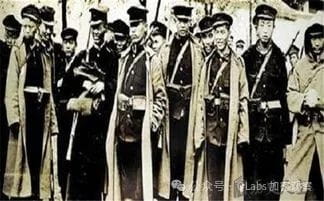The surge in A-shares in the past few days has surprised those in the crypto circle who are speculating on local stocks.
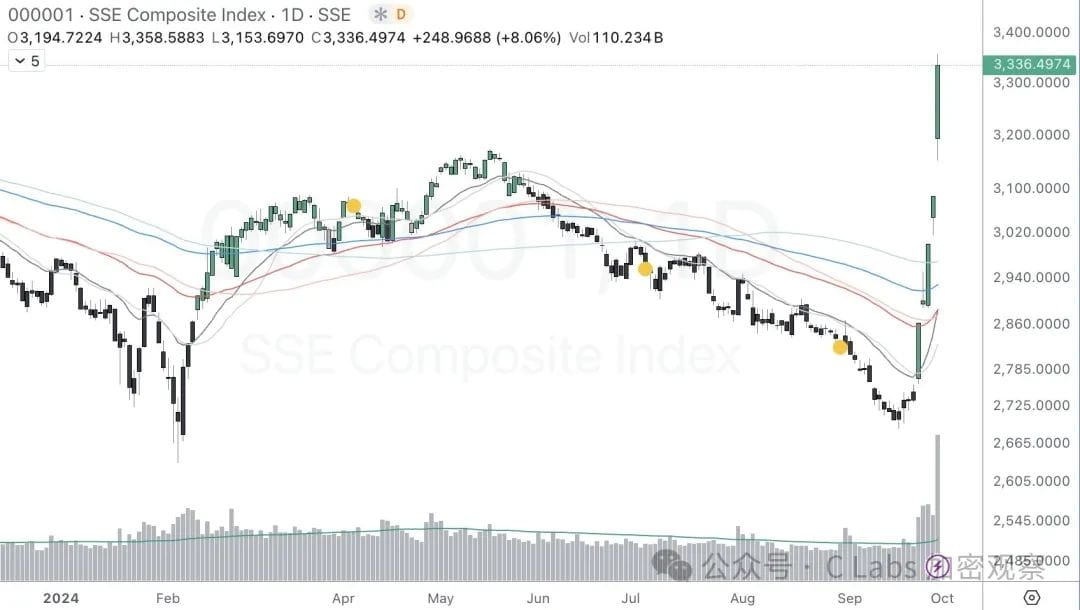
Fortunately, stock A had a daily limit, and trading was suspended during the National Day holiday.
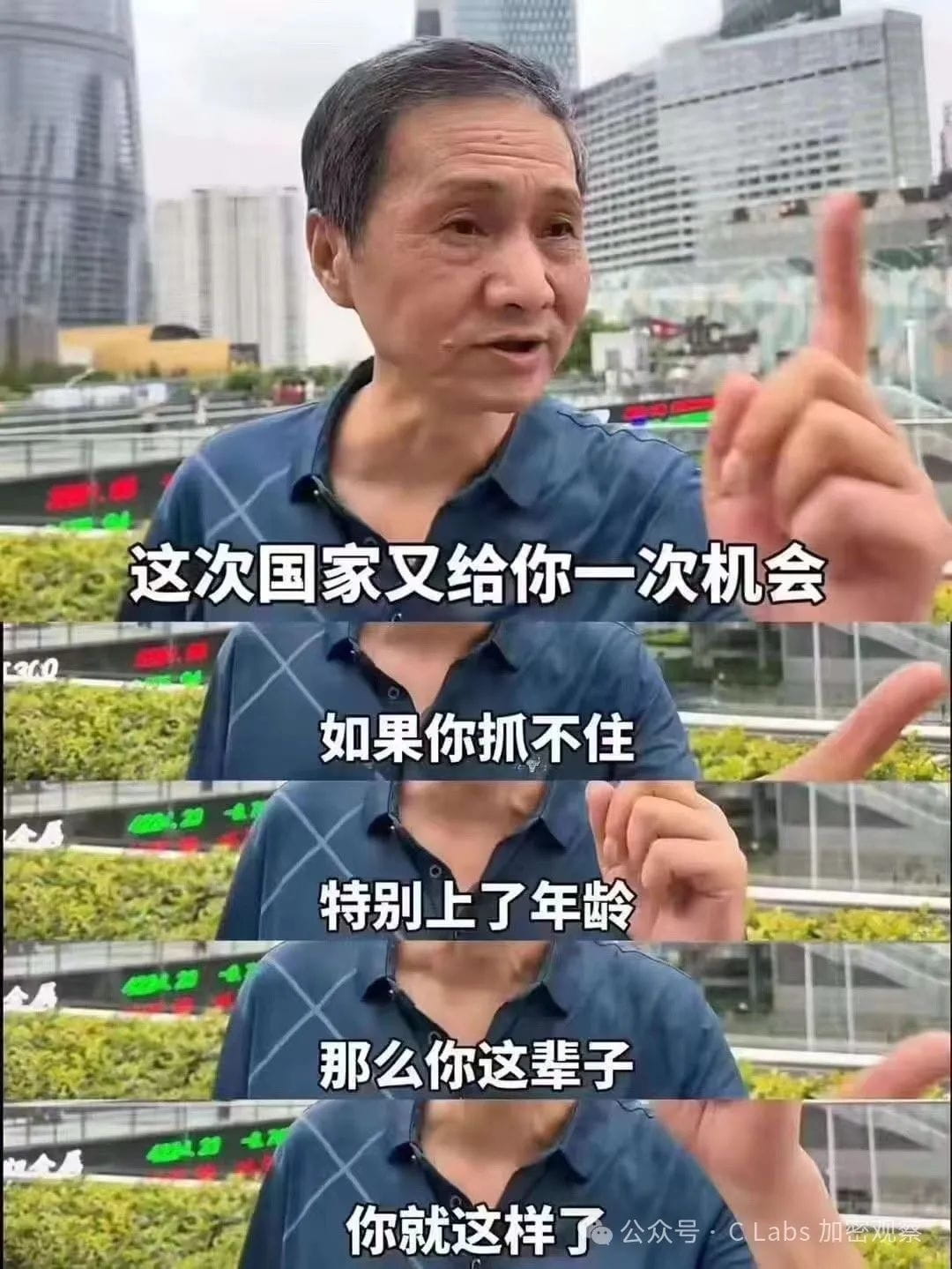
This wave of operations still makes good use of the advantages of only listing on a single centralized exchange 😃.

Not only can you unplug the network cable, you can also use the stocks to raise funds for further investment. If you repeat the operation, it is almost equivalent to having unlimited bullets.
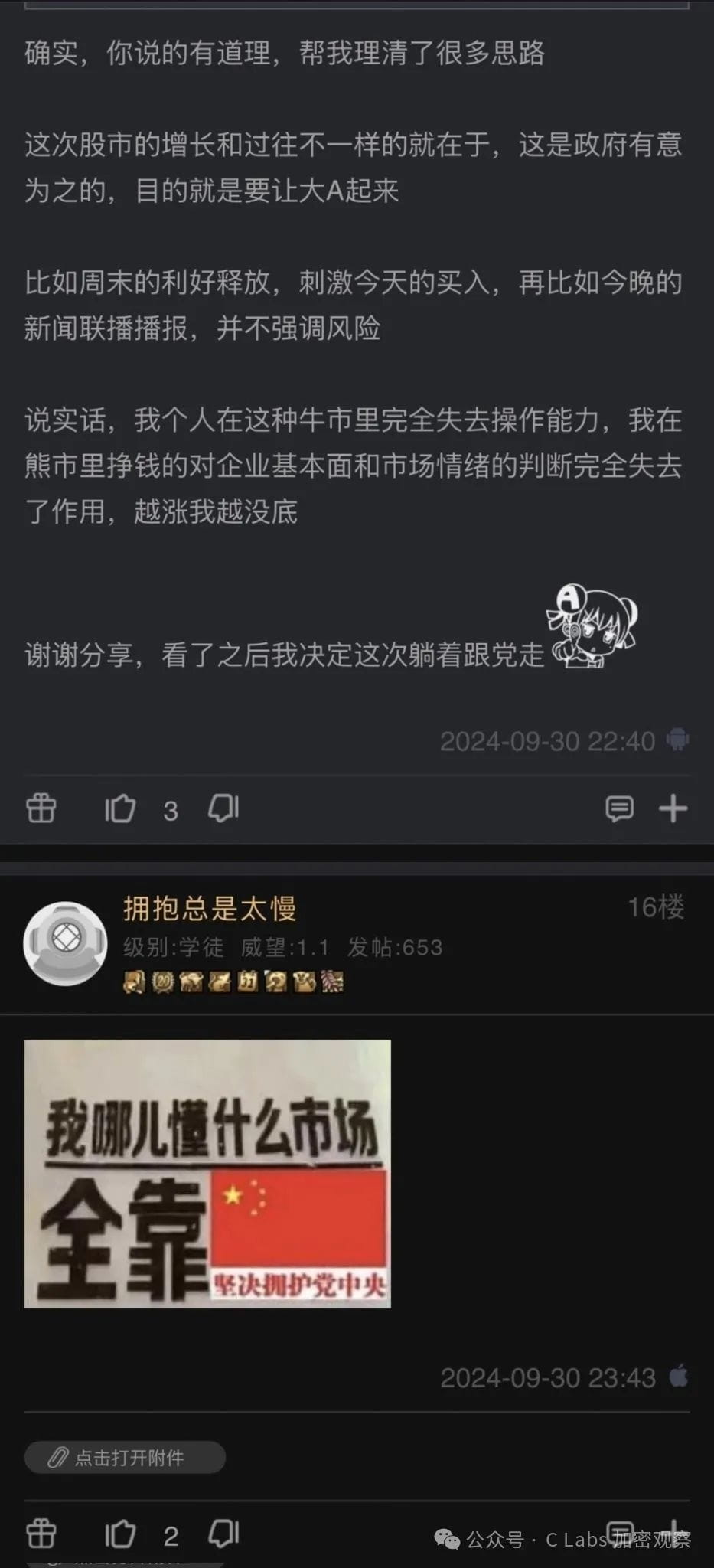
This reminds me of the bull market more than a hundred years ago.
In 1910, the Qing Dynasty's Westernization Movement had been underway for more than 40 years and the reform had entered its deep waters.

Although the fundamentals of the Qing Dynasty were getting worse year by year, the capital circle was quite lively that year.

In the first half of 1910, almost everyone in every industry talked about stocks. People thought that even though all industries in Shanghai were booming, they could not be as rich as investing in stocks overnight.
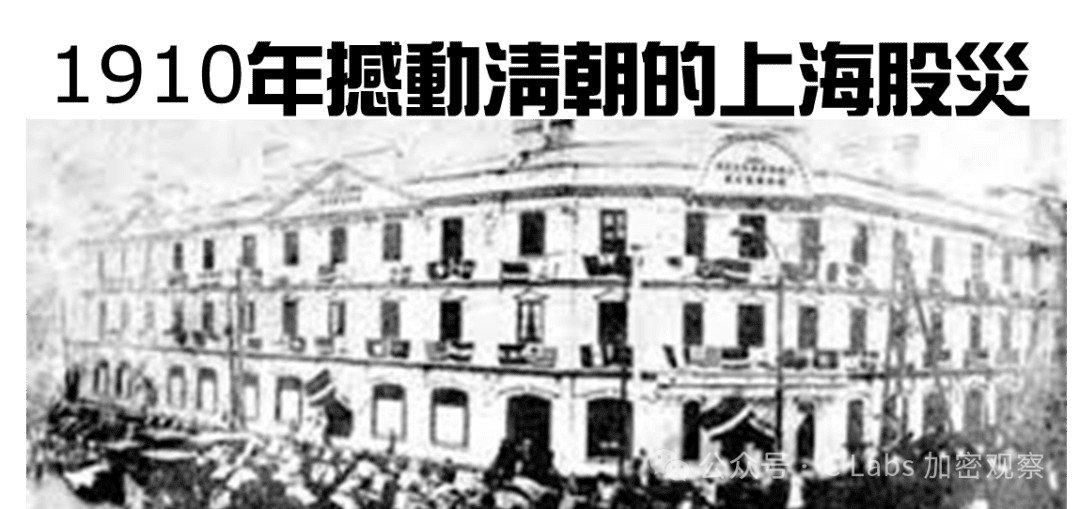
The main reason for this wave of rise was that the money houses at that time launched "special re-loans", which allowed them to lend money to listed companies or major shareholders to repurchase and increase their holdings of stocks, and the loans could be used to continue buying stocks.
At that time, Shi Dianzhang, the director of revenue and expenditure of the Sichuan-Hankou Railway, brought 3.5 million taels of silver to Shanghai for capital operations.
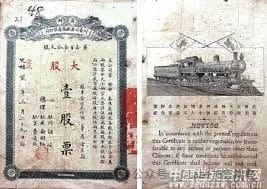
Originally, it was said that 3.5 million taels of silver was not enough to build the railway, so he came to Shanghai to speculate in stocks and make some money so that he could build a better railway.
As a result, he ended up losing more than he gained, and lost all the money he had spent on building the railway.
The Sichuan-Hankou Railway was now completely out of money. When the Qing government finally dealt with the shares of the Sichuan-Hankou Railway, it adopted the approach of not returning the shares of the Sichuan railway but nationalizing them.
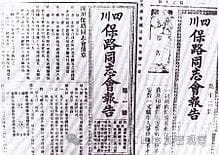
The people of Sichuan were not happy with this and started to cause trouble, which led to the Sichuan Railway Protection Movement.
In order to suppress the riots in Sichuan, the Qing government mobilized the Hubei New Army to enter Sichuan, which led to the defense of Wuchang being left unattended. The revolutionaries took the opportunity to launch the Wuchang Uprising, ending China's thousands of years of feudal rule.
